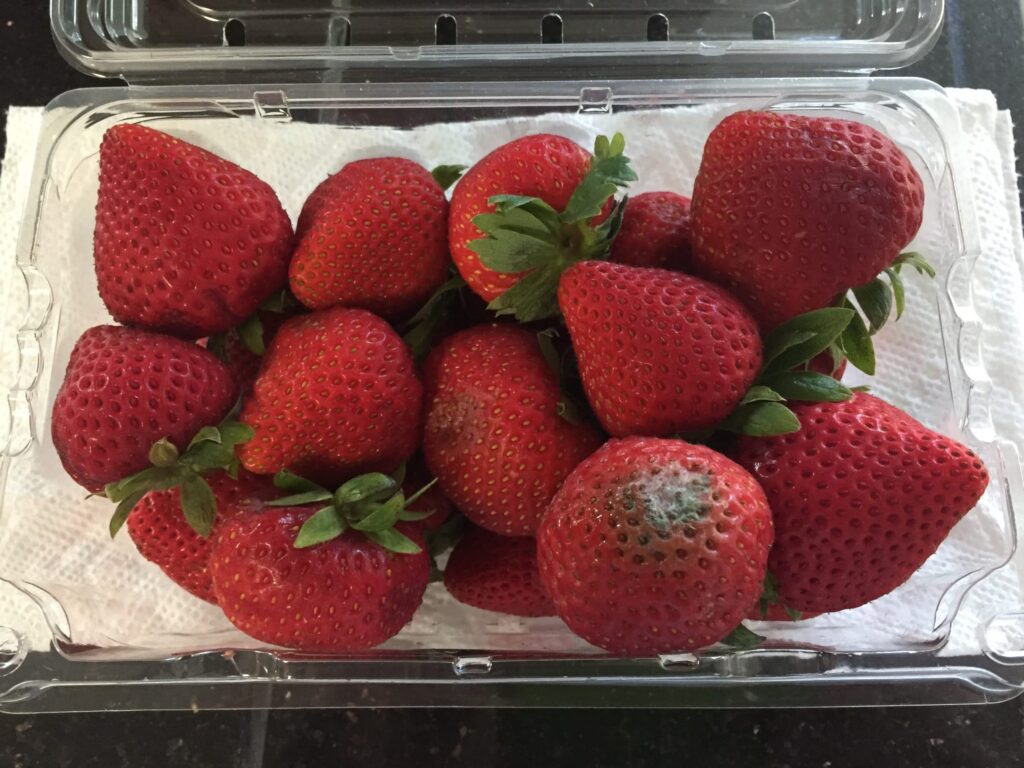
You’ve just bitten into bread or cheese and noticed it’s moldy. What happens next? While most molds are harmless, some can cause reactions. Mold is a type of fungus, and its spores are all around us. Most of the time, eating a small amount of mold accidentally won’t cause harm, but there are exceptions. Understanding the potential effects of ingesting mold can help you handle the situation calmly and safely.
What is Mold?
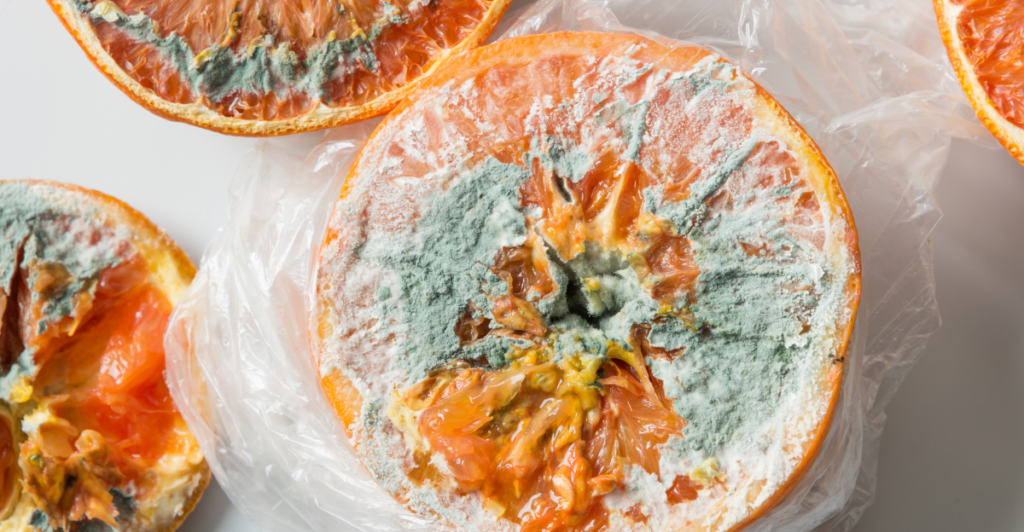
Mold is a type of fungus that thrives in damp, warm conditions. It reproduces by releasing spores into the air, which can settle and grow on food. While some molds are beneficial (think blue cheese), others produce toxins called mycotoxins that can be harmful. Food mold often appears as fuzzy or slimy spots in colors like green, white, blue, or black. Knowing the type of mold can help assess its potential impact.
Immediate Effects of Eating Mold
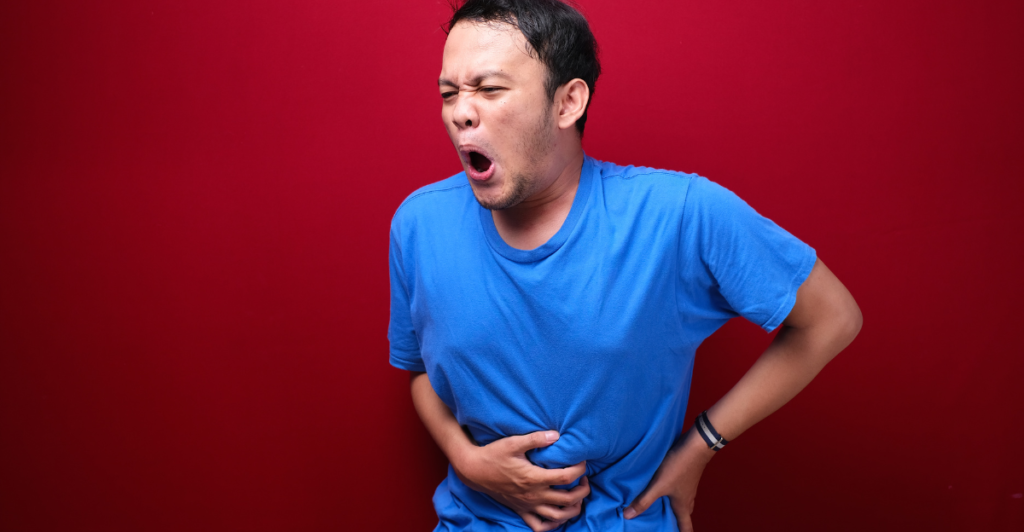
Occasionally, accidentally eating a small amount of mold will have no immediate effects. Your stomach’s acids are strong enough to neutralize many of the microorganisms. However, some people might experience mild symptoms like nausea or an upset stomach, especially sensitive ones. If you’ve consumed a large quantity of mold or feel unwell afterward, it’s best to monitor symptoms and consult a healthcare professional if needed.
The Role of Mycotoxins
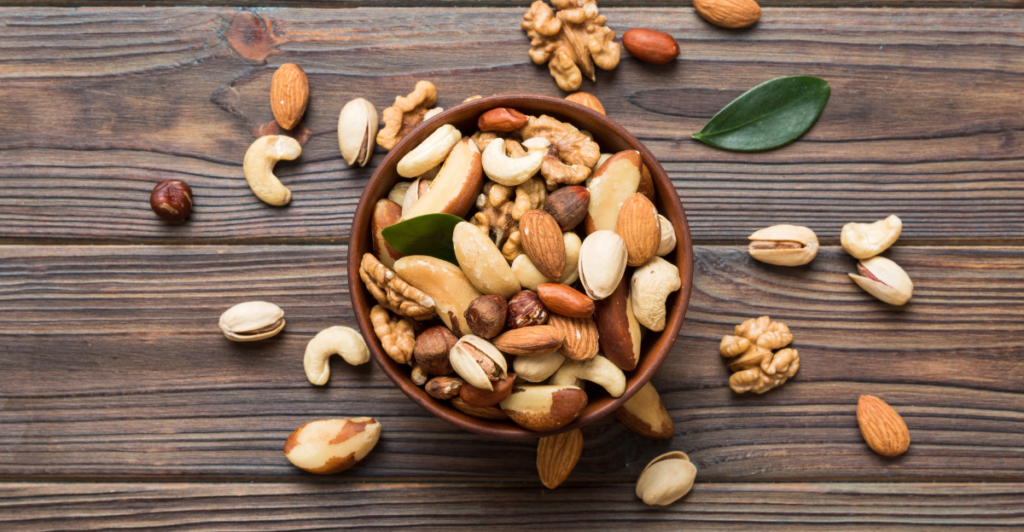
Some molds produce mycotoxins, harmful substances that can be ingested in large quantities. Mycotoxins are commonly found in grains, nuts, and coffee stored in damp conditions. While most store-bought foods are screened for these toxins, mold on food at home can still pose a risk. Symptoms of mycotoxin exposure include nausea, vomiting, and even long-term health issues in extreme cases. Always discard moldy food to avoid potential exposure.
Allergic Reactions to Mold
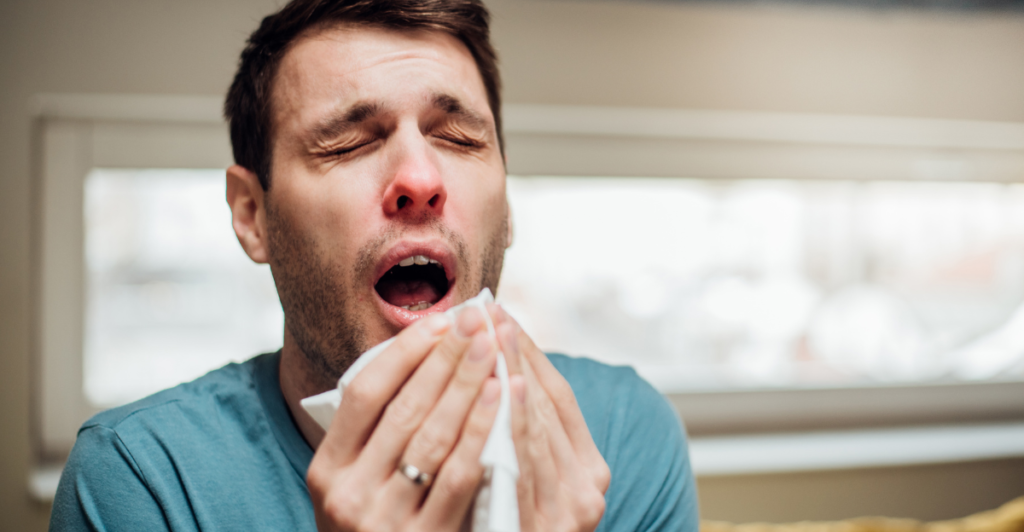
Ingesting moldy food can trigger a reaction in individuals allergic to it. Symptoms might include sneezing, a runny nose, or itchy eyes. In rare cases, severe reactions, such as difficulty breathing or anaphylaxis, can occur. People with mold allergies should be especially cautious about eating moldy food. If you suspect an allergic reaction after eating mold, seek medical advice promptly to ensure your safety and proper treatment.
Food Poisoning and Mold
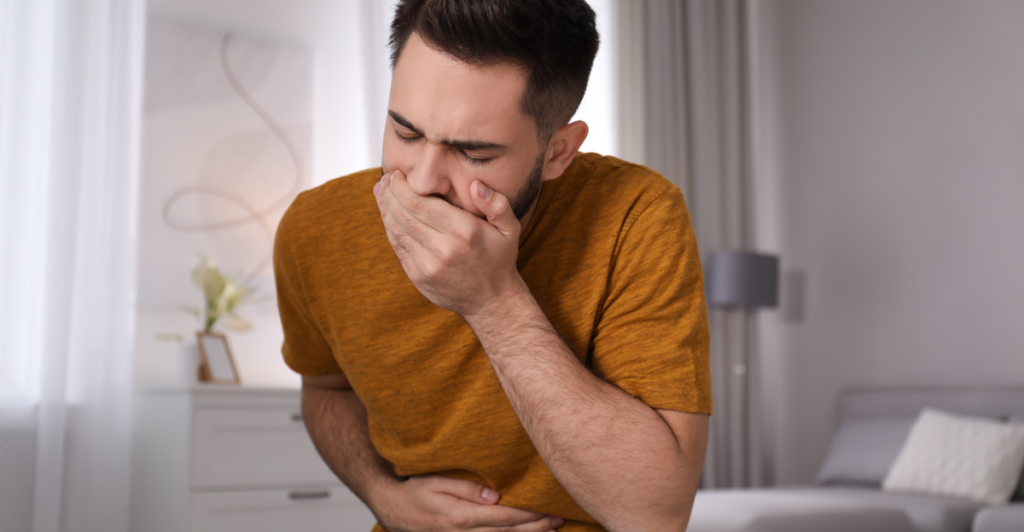
Moldy food can sometimes harbor harmful bacteria alongside the mold itself. These bacteria, like Salmonella or E. coli, may cause food poisoning. Symptoms include diarrhea, vomiting, and stomach cramps. While mold isn’t always harmful, its presence often indicates spoiled food. For safety, discarding any food showing visible signs of mold is a good practice, as its contamination isn’t always limited to the surface.
Is All Mold Harmful?
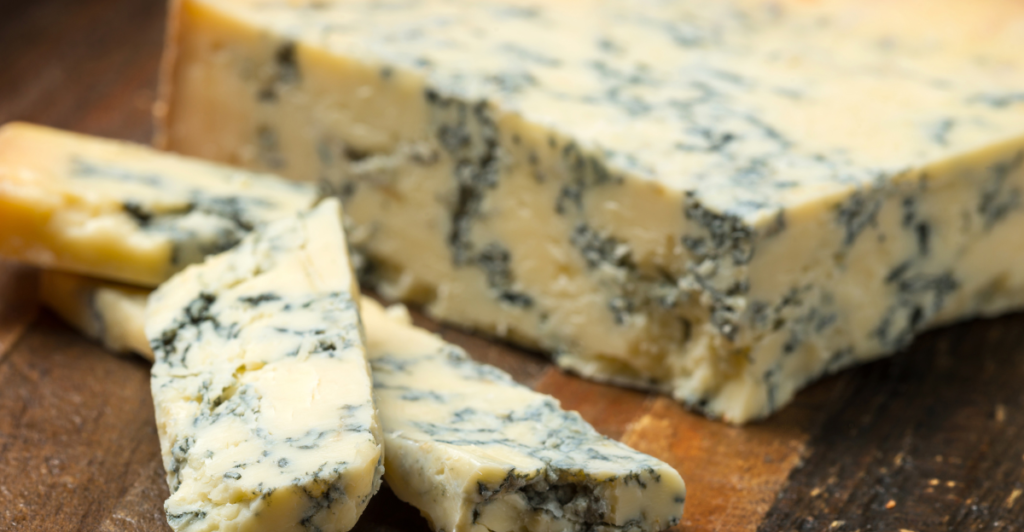
Not all molds are harmful! Some are used intentionally in food production, like Penicillium in blue cheese or Brie. These molds are carefully cultivated and safe to eat. However, molds growing unintentionally on food are not monitored and could be harmful. It’s essential to differentiate between safe, food-grade molds and the potentially toxic ones that develop naturally in unsuitable conditions. When in doubt, err on the side of caution.
How to Handle Moldy Food
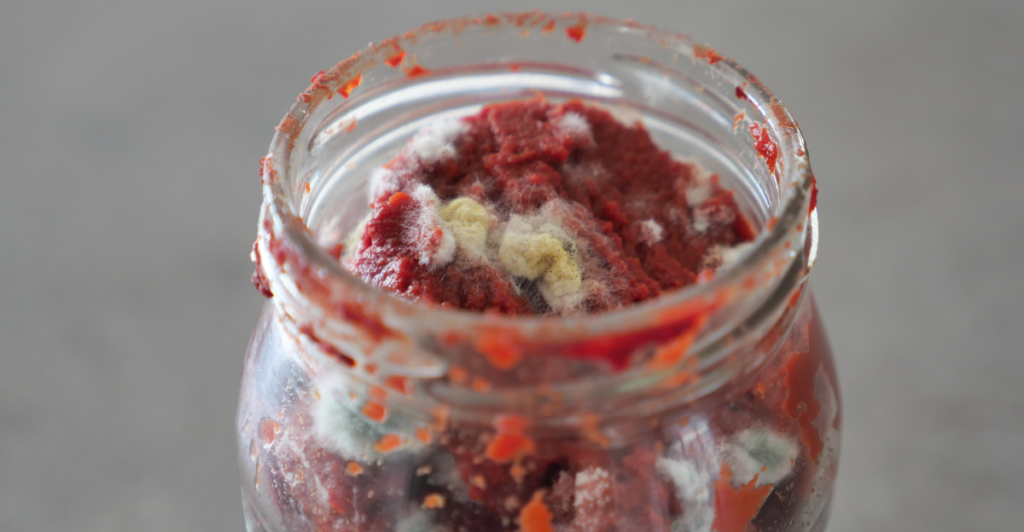
Spotting mold on food? The safest approach is to throw it away. Hard foods like cheese or vegetables can sometimes be salvaged by cutting away the mold and an inch around it. However, the mold can penetrate more profoundly than it appears for soft foods like bread or yogurt. Avoid sniffing moldy food directly, as inhaling spores can irritate your respiratory system. When in doubt, it’s better to discard it.
Who’s at Greater Risk?
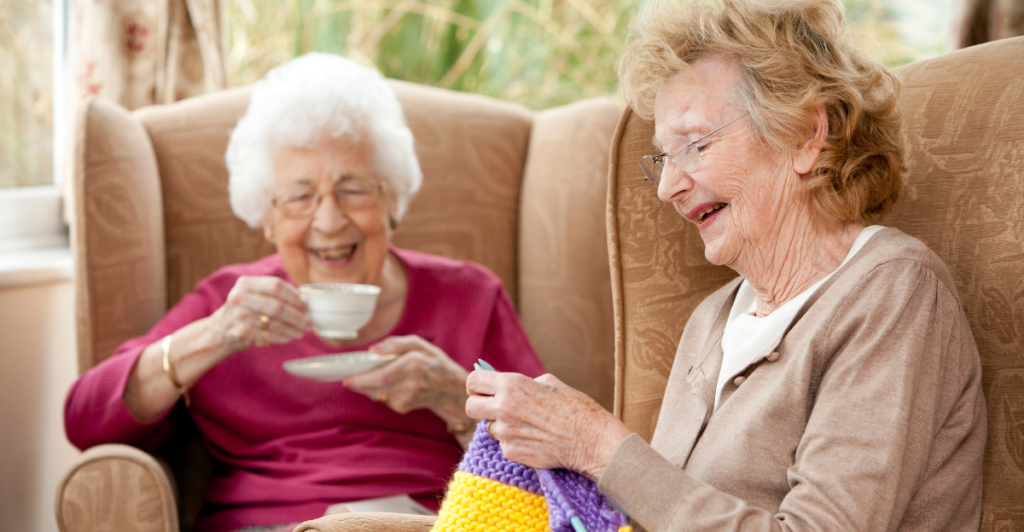
Certain groups are more vulnerable to mold exposure. These include people with weakened immune systems, pregnant individuals, children, and the elderly. Even small amounts of mold can lead to more significant health issues for these groups. If you’re in one of these categories, take extra precautions when handling or consuming food to avoid accidental mold ingestion. Always check expiration dates and store food properly to reduce the risk.
Can You Prevent Mold on Food?
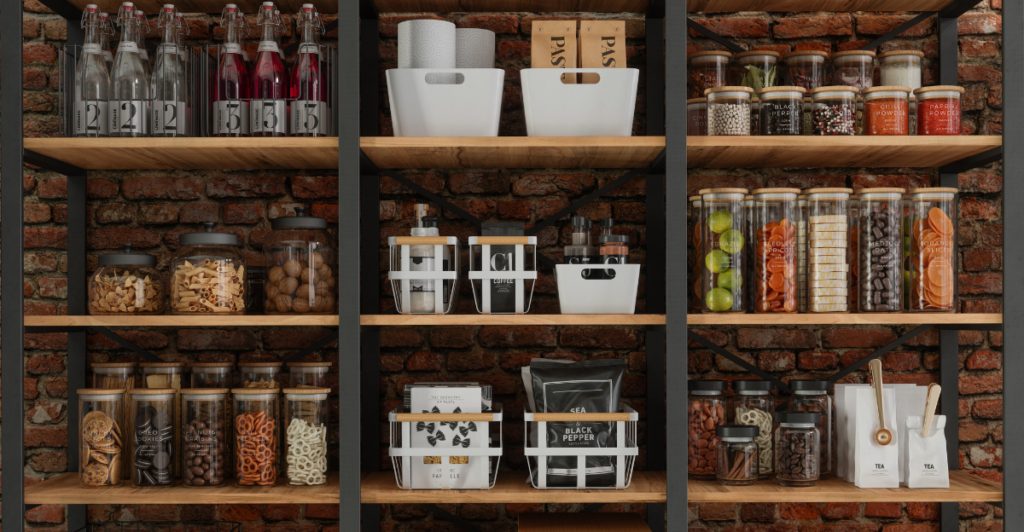
Preventing mold growth starts with proper food storage. Keep perishables in the refrigerator and store dry goods in a cool, dry place. Use airtight containers to reduce exposure to moisture and air. Regularly clean your fridge and pantry to remove any lingering mold spores. By practicing these habits, you can significantly reduce the chances of mold developing on your food, keeping your meals fresher and safer.
Does Cooking Kill Mold?
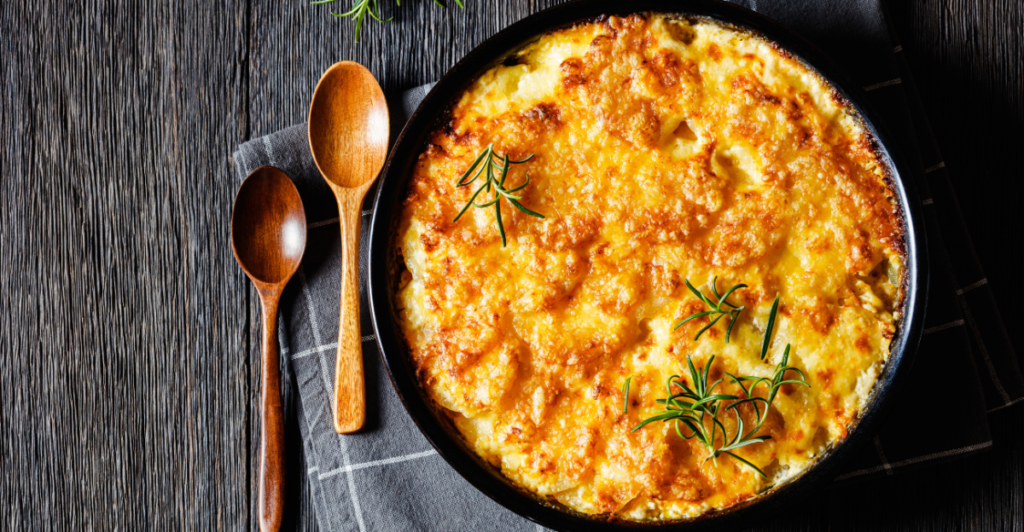
Cooking at high temperatures can kill some molds, but it doesn’t remove the toxins they produce. Mycotoxins can survive cooking, freezing, or boiling, making contaminated food unsafe even after heating. While cutting away mold may make some foods safe, it’s essential to assess each situation. When in doubt, it’s best to discard the item to avoid potential risks to your health.
What About Drinks?
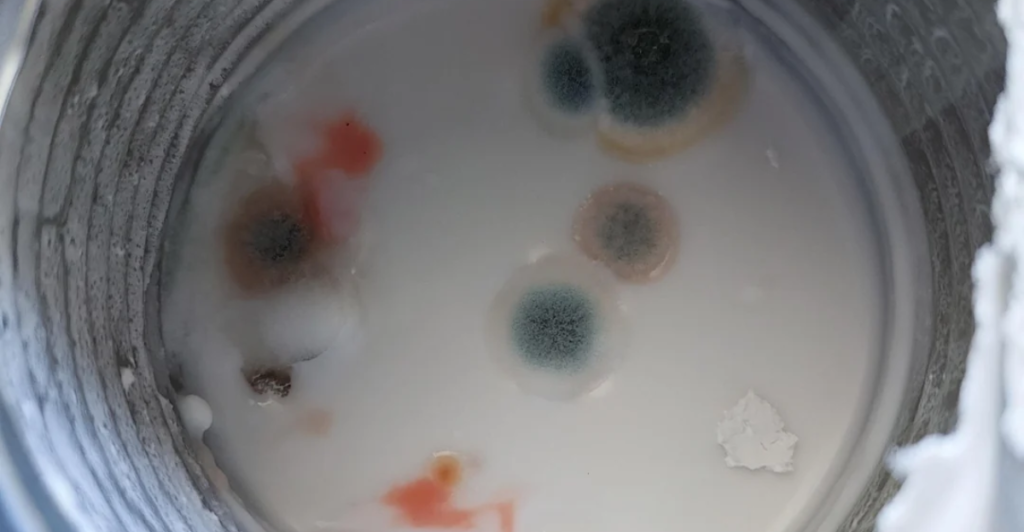
Mold in beverages like juice or milk is a sign of contamination and spoilage. Unlike solid foods, mold spreads evenly in liquids, making removing them impossible. Consuming moldy drinks can lead to digestive upset or exposure to harmful mycotoxins. If you notice any unusual odor, taste, or appearance in your beverages, it’s best to err on caution and dispose of them immediately.
When to Seek Medical Attention
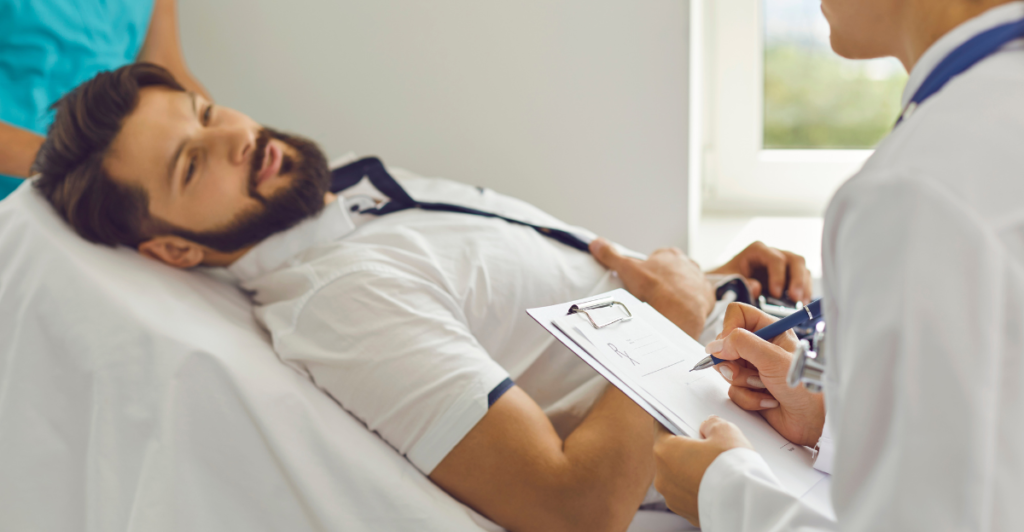
While eating mold accidentally is usually harmless, specific symptoms warrant medical attention. Seek help if you experience persistent nausea, vomiting, or severe abdominal pain. Allergic reactions, difficulty breathing, or signs of infection like fever should also be addressed immediately. It’s always better to consult a healthcare professional if you’re unsure about the potential impact of mold ingestion. Your health and peace of mind are worth the extra precaution!
Discover more of our trending stories and follow us to keep them appearing in your feed
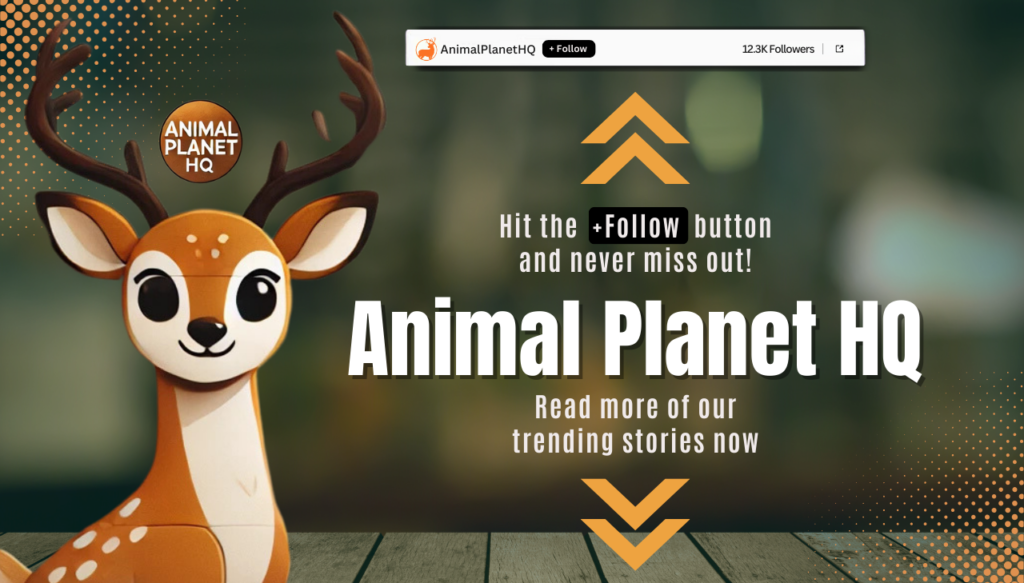
Meet the Massive Crocodiles That Make Their Homes 40 Feet Underground
13 Surprising Wild Foods Growing in Your State’s Backcountry
The 12 Insects That Have Been Approved as Food
12 Insects Used in Popular Foods—And Why They’re There
Stay connected with us for more stories like this! Follow us to get the latest updates or hit the Follow button at the top of this article, and let us know what you think by leaving your feedback below. We’d love to hear from you!







